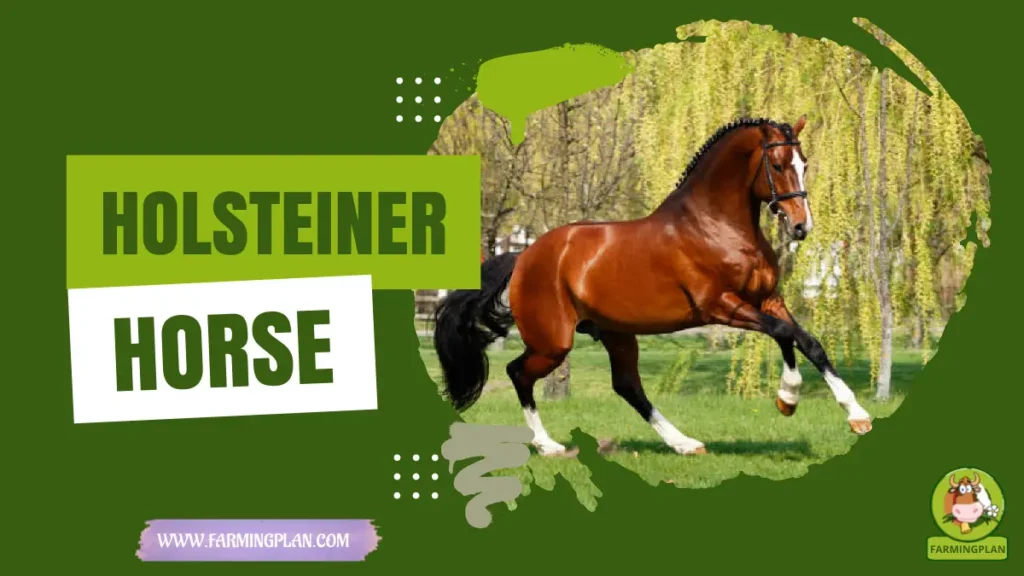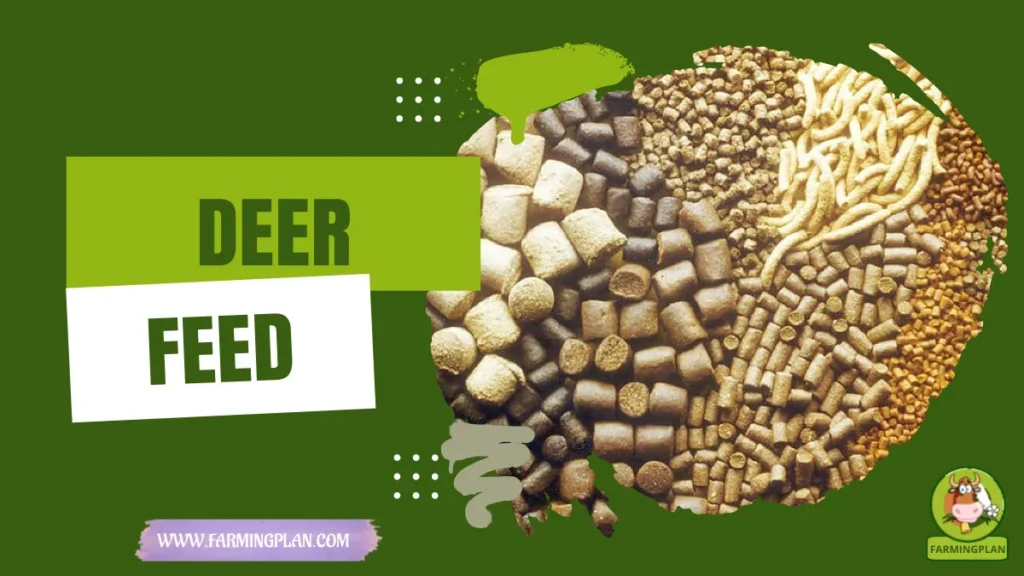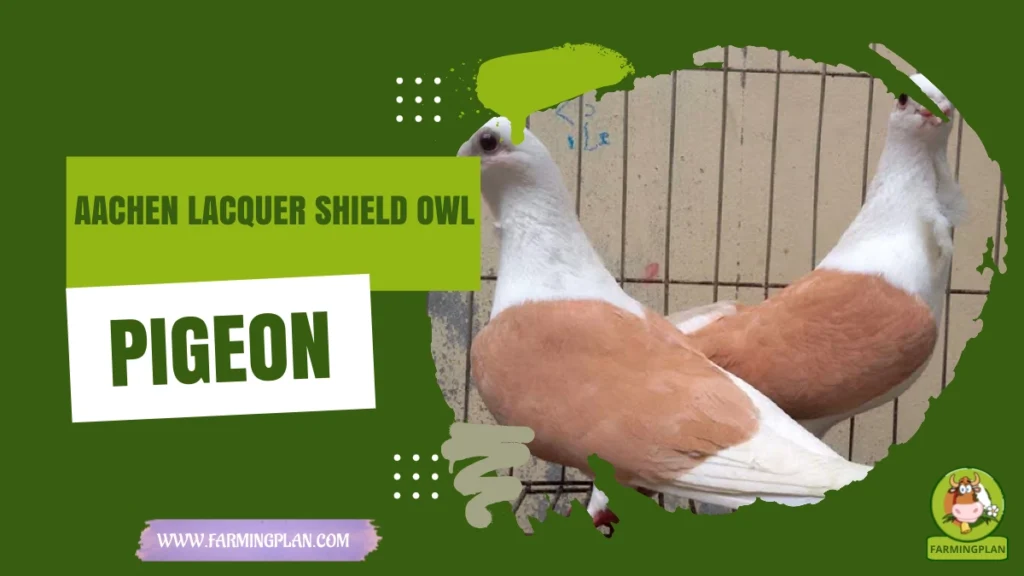If you’ve ever dreamed of owning a horse that blends strength, elegance, and a spirited heart, the Holsteiner horse is one you’ll want to know. I’ve spent years working with these incredible animals, and I can say with confidence—they’re truly one of a kind. Famous for their success in show jumping and their calm yet courageous nature, Holsteiners shine both in the ring and as companions. Whether you’re actively searching for a Holsteiner horse for sale or just exploring the breed, this guide covers everything you need: their history, care, feeding tips, and a full step-by-step routine for raising one right.

History & Origin of the Holsteiner Breed
The Holsteiner horse’s story is a rich tapestry that begins in the lush Holsteiner marshes of northern Germany, where breeders started refining these horses over centuries. The Holsteiner Verband—the official breeding association—has played a monumental role in maintaining and improving the breed through a meticulous Holsteiner stud book. Their goal? To keep the bloodlines strong and the horses exceptional, a tradition that continues to this day.
Some legendary stallions like Ladykiller xx, Cottage Son xx, Marlon xx, and Ramzes AA have heavily influenced the breed. These stallions brought in traits like power, athleticism, and a calm temperament that are hallmarks of today’s Holsteiners. Over time, these horses evolved from sturdy work animals to world-class sport horses, making them a favorite across Europe and the Americas.
Characteristics of Holsteiner Horses
Holsteiners are instantly recognizable by their well-balanced, muscular build and elegant posture. They usually stand between 16 to 17 hands high, which is just perfect for jumping and dressage alike. Their coats vary—Bay Holsteiner geldings and Chestnut Holsteiner geldings are quite common, but you’ll also find them in black, gray, and even roan.
What really sets them apart is their athletic ability. Holsteiner horses are born jumpers; their powerful hindquarters and flexible joints let them soar over fences with ease. Their movement is fluid yet strong, making them a top pick for disciplines that require both speed and precision. This natural talent combined with their calm demeanor is why Holsteiner stallions are highly sought after worldwide.
Read More: Discover The Irish Sport Horse: Your Dream Athletic Companion
Nature and Temperament of the Holsteiner
Holsteiners strike the perfect balance between fiery spirit and gentle nature. They’re intelligent and quick learners, but never overly sensitive. This means they respond well to consistent training, and their eagerness to please makes them wonderful partners, whether you’re a hobbyist or a seasoned competitor. Their calm confidence shines in stressful environments, like big show arenas, making them a reliable and friendly companion.
This breed tends to form strong bonds with their owners, making them trustworthy mounts for riders of various skill levels. They aren’t pushy or aggressive but instead show a calm confidence that shines in stressful environments, like big show arenas. So, if you’re looking for a horse that’s both a reliable athlete and a friendly companion, the Holsteiner horse is a great match.
Food & Diet for Holsteiner Horses
Feeding a Holsteiner horse properly is key to keeping them in peak condition. I recommend a diet that’s mostly high-quality forage—such as Timothy or Alfalfa hay. These horses need good fiber to keep their digestion smooth and their energy steady throughout the day. Depending on their workload, supplementing with grains like oats or pelleted feed can provide extra calories and nutrients.
Watch out for overfeeding, especially with rich grains, as Holsteiners can gain weight if not exercised enough. A balance of vitamins and minerals is essential too—calcium and phosphorus for strong bones, plus omega fatty acids for a shiny coat. Fresh water and salt licks should always be available. Remember, changes in diet should be introduced gradually to avoid upsetting their sensitive stomachs.
Read More: Dutch Warmblood Horse: Don’t Be Fooled by Myths Here’s Why They’re Perfect for You
Usage and Purpose of Holsteiner Horses
Holsteiner horses are not just show jumpers, they are versatile athletes. Their power and technique make them ideal for high-level competition, but their skills are not limited to the arena. Many serve as trusted mounts for eventing, dressage, and even recreational riding, opening up a world of possibilities for their owners. Top Holsteiner stallions frequently appear in breeding programs because they pass on their stellar traits. Organizations like the American Holsteiner Horse Association and platforms such as Holsteiner Online help breeders and riders connect with quality stock. Whether you want a competitive partner or a well-mannered trail buddy, Holsteiners fit the bill perfectly.
Special Features of Holsteiners
One feature I love about the Holsteiner horse is their trademark Holsteiner horse brand—a subtle mark that symbolizes quality and pedigree. Beyond that, their jumping ability is unmatched, especially their smooth bascule and careful technique over fences. The breed’s lineage includes some real heavy hitters, thanks to Holstein stallions like Ladykiller xx, whose influence is still felt in bloodlines today. Holsteiners also boast a calm yet courageous spirit, letting them handle pressure situations calmly. This combination of physical and mental strength makes them stars in the equine world.
Health Issues & Prevention
Like any breed, Holsteiners have some health concerns to watch for. One that’s worth noting is ocular squamous cell carcinoma, an eye condition that can affect horses, especially those spending lots of time outdoors. Early signs include redness, swelling, or discharge around the eyes. Regular veterinary checkups are not just a recommendation, they are a crucial part of responsible horse ownership. These checkups help catch issues early, and good stable hygiene reduces infection risk.
Protecting your Holsteiner from excessive sun exposure with fly masks or shade can prevent eye problems. Routine vaccinations, dental care, and hoof maintenance round out a solid health plan to keep your horse strong and happy.
Read More: Discover the Incredible World of the Quarter Horse
Step-by-Step Holsteiner Horse Care Guide
This comprehensive care guide walks you through every essential step to raise a healthy and happy Holsteiner horse. From setting up the perfect living space to establishing a balanced feeding routine, daily grooming, exercise plans, and health monitoring, these practical instructions make horse care simple and manageable. Whether you’re a new owner or an experienced breeder, this guide helps you give your Holsteiner the best life possible.
Step 1: Prepare the Living Space
Creating a safe and comfortable living environment is the foundation of caring for your Holsteiner horse. Start by selecting a well-ventilated stable that provides shelter from harsh weather while allowing fresh air to circulate freely. Proper ventilation helps reduce respiratory problems and keeps your horse comfortable year-round. Choose soft bedding materials such as straw or wood shavings to cushion your horse’s resting area. Bedding not only adds comfort but also absorbs moisture, keeping the stall dry and clean. Regularly remove manure and wet spots to maintain hygiene.
Your Holsteiner will also need ample turnout space to move, stretch, and socialize. A securely fenced paddock with sturdy gates is essential to prevent escapes and injuries. Aim for enough room to encourage natural movement and exercise, which supports both physical and mental health. Remember, a happy horse begins with a well-planned home.
Step 2: Establish a Feeding Routine
Feeding your Holsteiner horse a balanced diet is crucial for energy, health, and performance. High-quality forage, such as fresh hay or pasture grass, should form the bulk of their diet. Dividing their food into several small meals throughout the day mimics natural grazing habits and prevents digestive issues. Adjust grain and concentrate supplements according to your horse’s activity level—active horses need more energy, while those resting require less. Avoid sudden diet changes; introduce new feeds gradually over 7-10 days to reduce stomach upset.
Always provide unlimited access to clean, fresh water—hydration supports every bodily function. A salt lick or mineral block offers essential electrolytes, especially in warmer months or after exercise. By maintaining a consistent feeding schedule and monitoring your Holsteiner’s body condition, you’ll keep them fit and energized.
Step 3: Daily Grooming and Health Checks
Daily grooming is more than just keeping your Holsteiner horse looking good—it’s an important health routine. Use curry combs and soft brushes to remove dirt, loose hair, and debris from their coat, which helps improve circulation and skin health. Check the hooves carefully each day for stones, cracks, or signs of thrush. Clean them thoroughly with a hoof pick to prevent infections and discomfort. Grooming time also allows you to inspect your horse for cuts, swelling, heat, or any unusual lumps.
Pay close attention to their eyes, ears, and nose for discharge or irritation. This daily hands-on approach helps you catch health problems early before they become serious. Plus, most horses enjoy the attention, building a stronger bond between you and your Holsteiner.
Step 4: Exercise and Training
Holsteiner horses excel when they get consistent, well-planned exercise. Start with light activities like lunging or gentle rides to warm up their muscles and improve coordination. This also builds trust and sharpens their focus. Gradually increase the intensity and duration of workouts, including jumping exercises if your Holsteiner is suited for show jumping or eventing. Remember, consistency is key: regular training sessions help your horse develop strength, agility, and stamina.
Use positive reinforcement techniques like praise and treats to keep your horse motivated and confident. Mix in rest days to avoid overtraining and allow recovery. A well-exercised Holsteiner is happier, healthier, and more responsive under saddle.
Step 5: Monitor Health and Schedule Vet Visits
Keeping a close eye on your Holsteiner’s health helps catch problems before they escalate. Observe their appetite, behavior, and energy daily—any sudden changes could signal illness or discomfort. Schedule routine veterinary visits for vaccinations, dental check-ups, and deworming. A healthy mouth ensures your horse eats comfortably, while vaccinations protect against common diseases. Regular hoof care with a farrier prevents lameness.
Don’t wait for obvious signs—early detection makes treatments simpler and more effective. Maintain detailed health records and communicate openly with your vet. Taking proactive steps keeps your Holsteiner feeling their best for years to come.
Great Care Builds Great Horses—Train With Patience, Feed With Love, And Bond Through Every Step.
Expert Tips & Best Practices for Holsteiner Owners
- When searching for a Holsteiner horse for sale, always check the Holsteiner studbook to verify pedigree.
- Start training early but keep sessions short and fun to build trust.
- Use resources like the American Holsteiner Horse Association for networking and advice.
- Invest in quality tack that fits well—comfort helps performance.
- Maintain a balanced diet and consistent exercise for long-term health.
FAQ
What makes a Holsteiner horse special?
Holsteiners combine athleticism with a calm temperament, making them excellent for jumping and riding disciplines.
Where can I find a Holsteiner horse for sale?
Reputable breeders often list horses through the Holsteiner Verband or the American Holsteiner Horse Association.
How tall do Holsteiners typically grow?
Most Holsteiners stand between 16 and 17 hands, ideal for competitive sports.
What health issues should Holsteiner owners watch for?
Watch for ocular squamous cell carcinoma and maintain routine vet care to prevent common ailments.
Are Holsteiner horses good for beginner riders?
Their temperament suits many riders, but they do best with owners who have some experience or training support.
Conclusion
From their rich history rooted in the German marshes to their modern status as elite sport horses, Holsteiner horses offer a perfect mix of strength, grace, and heart. Their powerful build, calm nature, and exceptional jumping talent make them favorites for both breeders and riders worldwide. By following proper care routines and feeding guidelines, you can ensure your Holsteiner stays healthy and happy, ready to tackle any challenge. Whether you’re searching for a Holsteiner horse for sale or already lucky enough to own one, investing in their well-being brings unmatched rewards. The Holsteiner horse truly is a partner for life.


